Norse mythology is filled with powerful gods, epic battles, and mystical creatures that have captivated people for centuries. Beyond the well-known tales of Thor, Odin, and Loki, there are many surprising and lesser-known details that add depth to these ancient legends. Here are some intriguing facts about the Norse gods and the rich mythology that surrounds them.
Yggdrasil, the World Tree
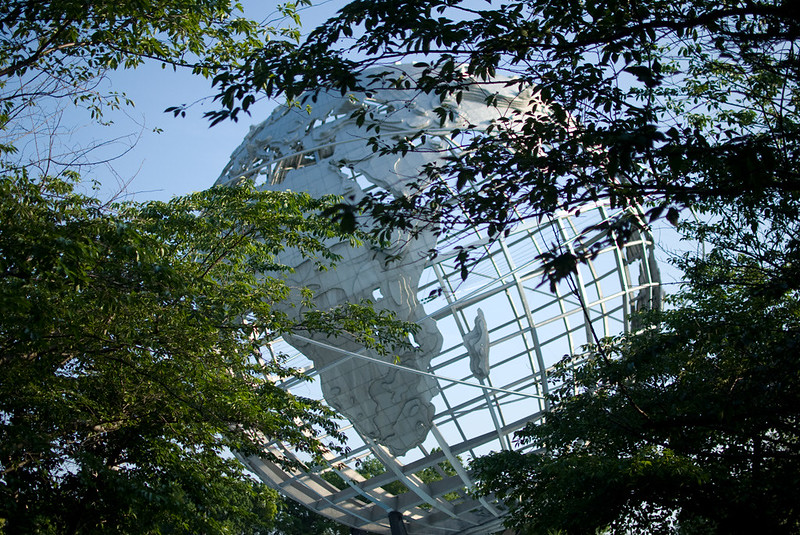
Yggdrasil is the immense ash tree that connects the Nine Worlds in Norse cosmology. It’s not just a symbol but the very axis of the universe, with its roots and branches linking various realms, including Asgard, Midgard, and Helheim. The tree is tended by the Norns, who water it daily to keep it alive, reflecting its importance in maintaining cosmic balance.
Loki’s Dual Nature
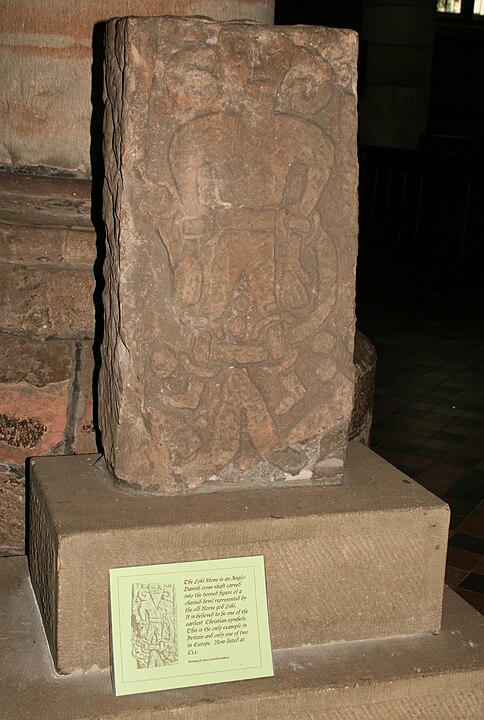
Loki, often seen as a trickster god, is also a shape-shifter. His unpredictable nature makes him both an ally and a foe to the gods, particularly Odin and Thor. Loki’s complex character allows him to take on many forms, including animals and women, highlighting the fluidity and ambiguity present in Norse mythology.
Odin’s Quest for Wisdom
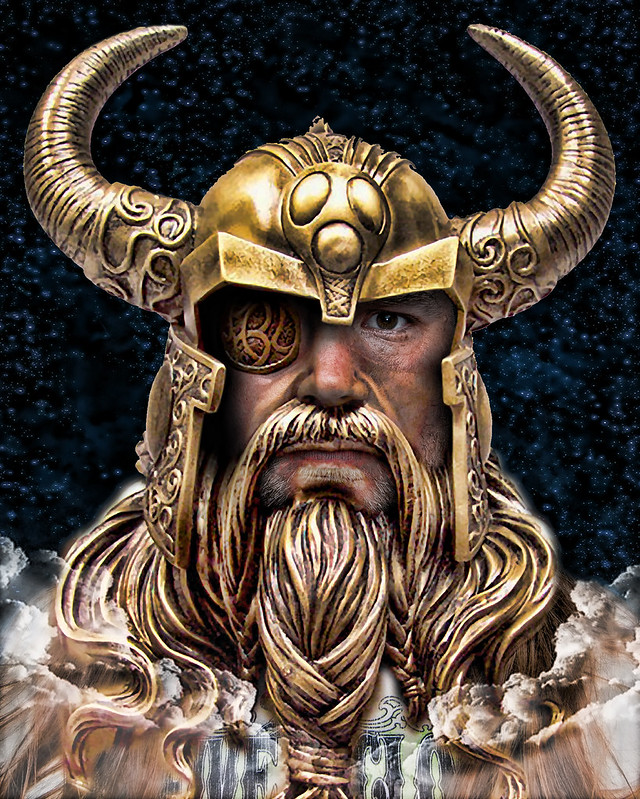
Odin, the All-Father, sacrificed one of his eyes to drink from Mímir’s well, gaining immense wisdom. His relentless pursuit of knowledge and power underscores the value placed on wisdom in Norse culture, even at great personal cost. This sacrifice also makes Odin a symbol of the often harsh and painful pursuit of enlightenment.
Thor’s Magical Hammer, Mjölnir
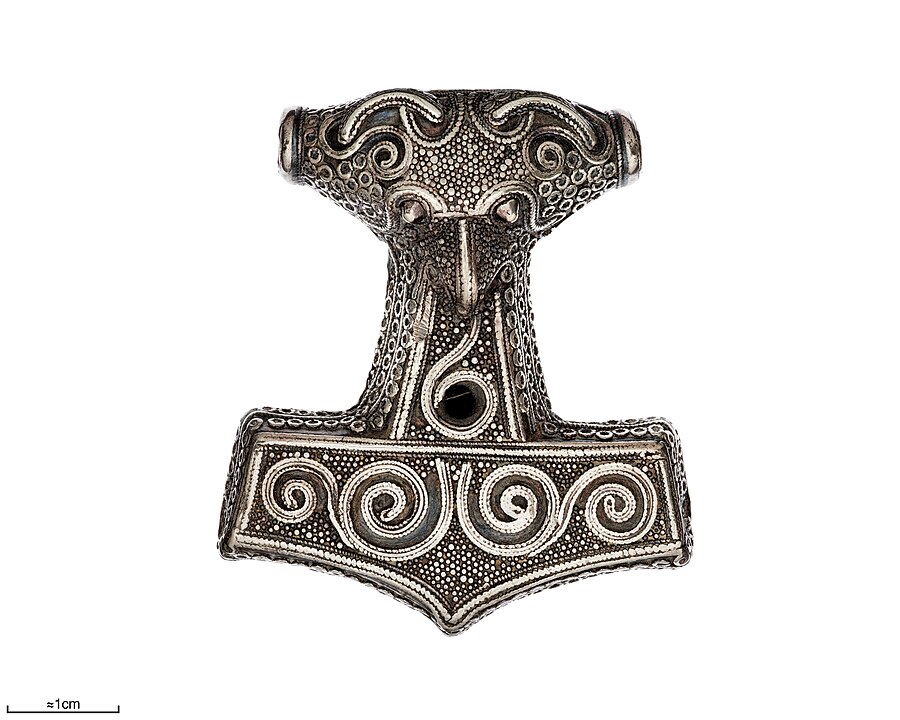
Thor’s hammer, Mjölnir, is not only a weapon but a symbol of protection, consecration, and divine power. Crafted by dwarves, it is so powerful that it can level mountains. Mjölnir also has the unique ability to return to Thor’s hand after being thrown, embodying the cyclical nature of destruction and renewal.
The Ragnarok Prophecy
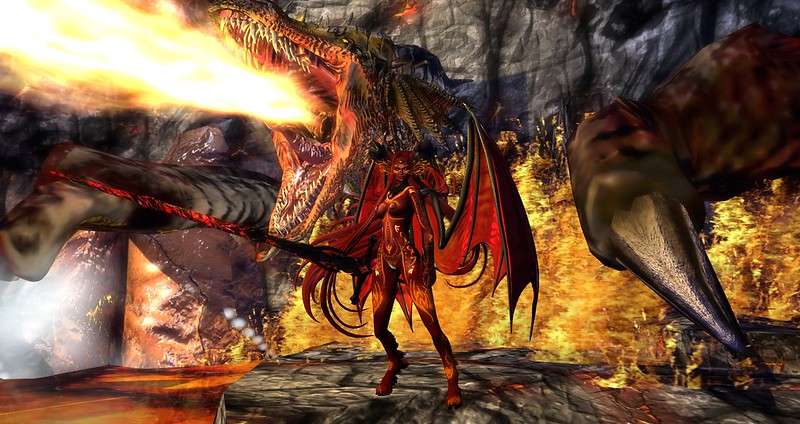
Ragnarok, the end of the world, is a unique concept where the gods are aware of their inevitable demise. This apocalyptic event foretells a great battle where many gods, including Odin, Thor, and Loki, will perish. Despite knowing their fate, the gods continue to fight, emphasizing themes of honor, courage, and the inescapability of destiny.
The Nine Worlds
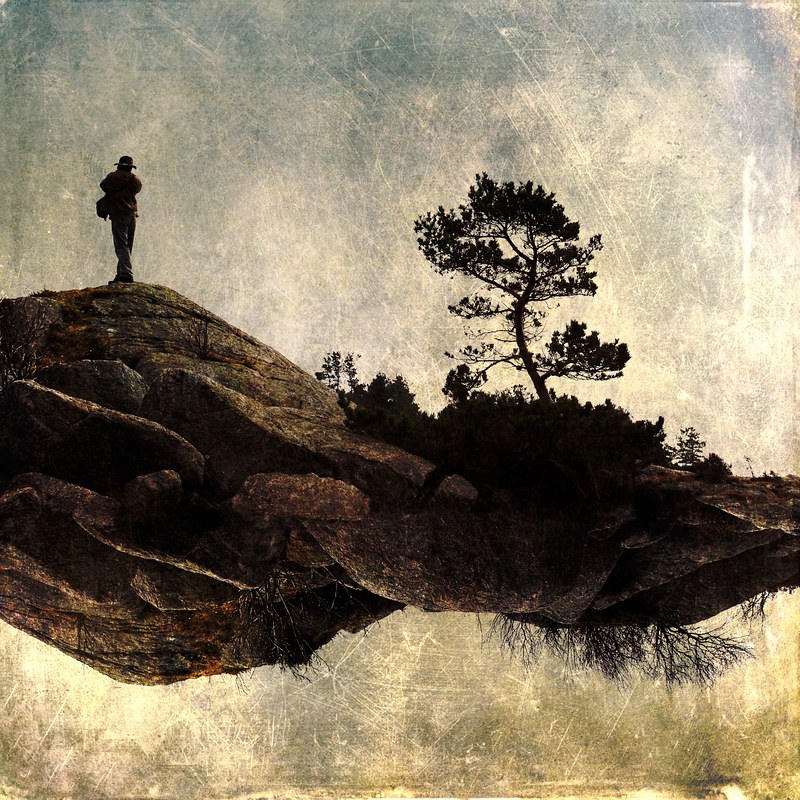
Norse mythology divides the cosmos into Nine Worlds, each with its own inhabitants and characteristics. These worlds include Asgard (home of the Aesir gods), Midgard (human realm), and Helheim (realm of the dead). This complex cosmology highlights the Norse belief in a structured, interconnected universe, with each world playing a critical role.
Freyja’s Necklace, Brísingamen
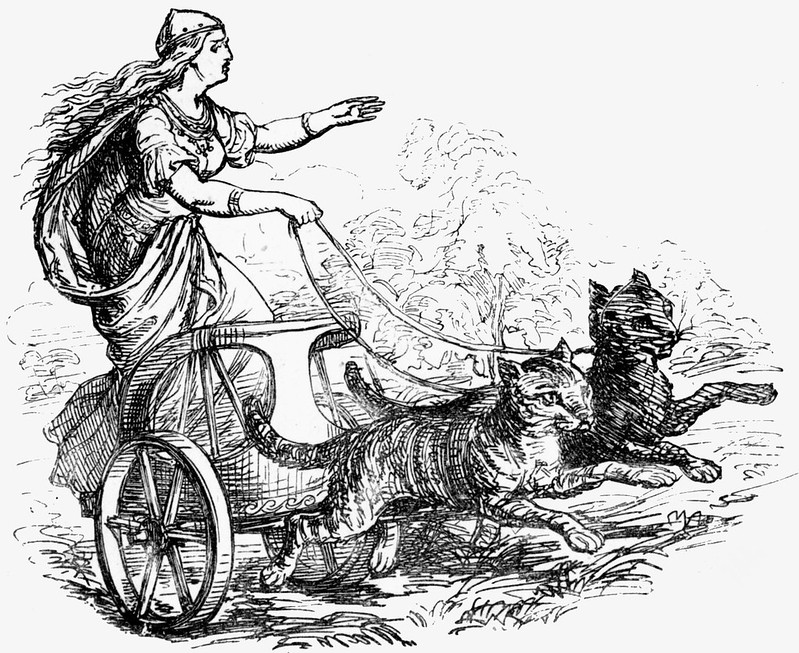
Freyja, the goddess of love and beauty, possesses a necklace called Brísingamen, forged by dwarves. This stunning piece of jewelry is not just an ornament but a symbol of Freyja’s power and influence. The story of how she acquired it, by spending a night with each of the four dwarves, illustrates the intersection of beauty, desire, and power in Norse myths.
The Unyielding Fate of Balder
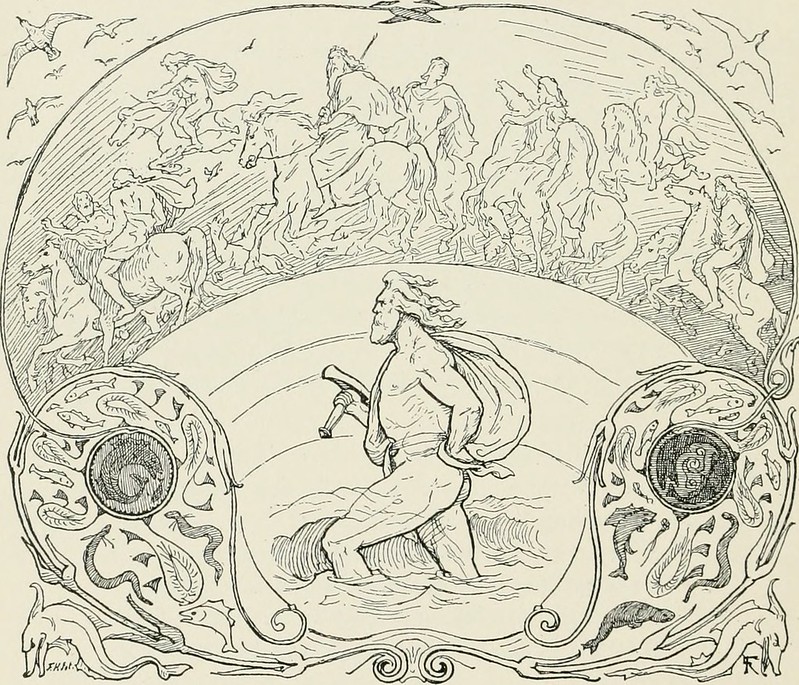
Balder, the god of light and purity, was prophesied to die, leading to widespread grief among the gods. Despite their efforts to prevent it, his death at the hands of Loki (who tricked Balder’s blind brother, Hodr, into killing him with mistletoe) highlights the inescapable nature of fate in Norse mythology. Balder’s death is also a precursor to Ragnarok, symbolizing the inevitable decline before renewal.
The Valkyries’ Role in Battle
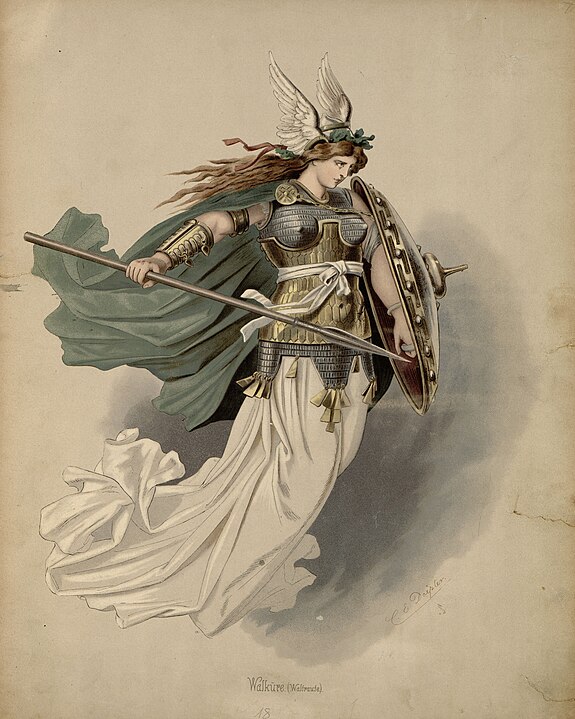
Valkyries, the warrior maidens of Odin, choose who will die in battle and who will live. They also escort the chosen warriors to Valhalla, where they prepare for Ragnarok. Valkyries are more than mere messengers; they are powerful beings who embody the Norse belief in the glory of battle and the honor of dying bravely.
Hel, the Queen of the Underworld
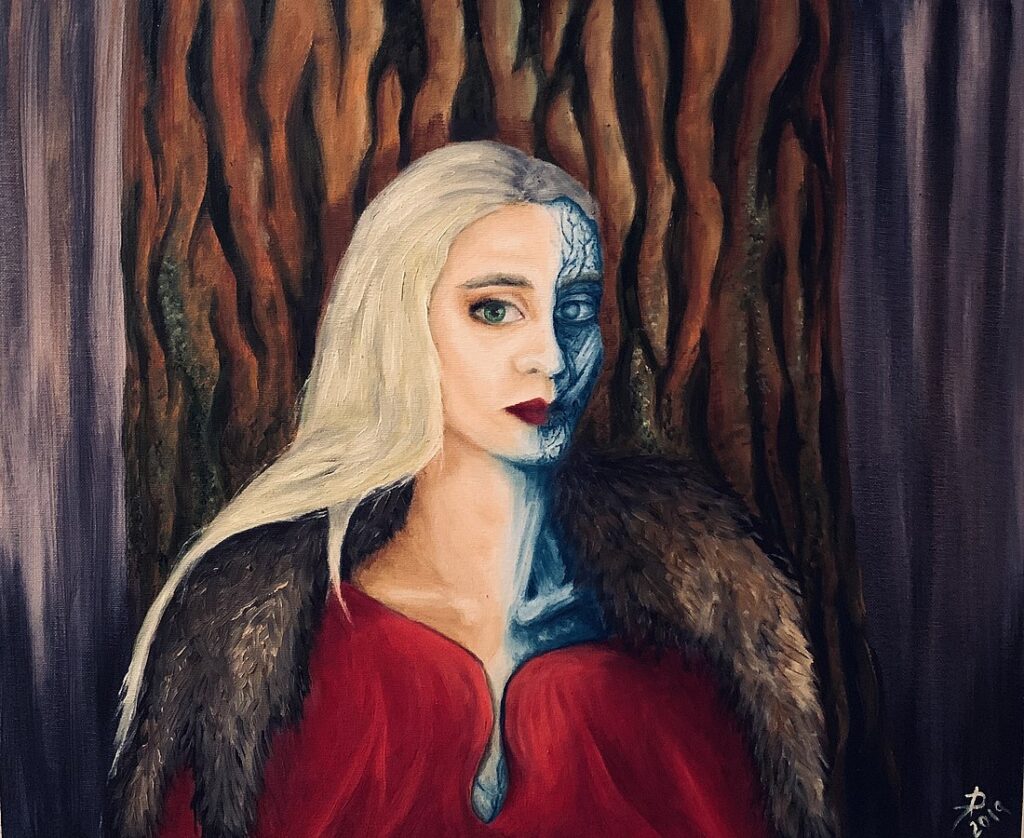
Hel, Loki’s daughter, rules over the dead in Helheim, a realm named after her. She is depicted as half-living and half-dead, with a ghastly appearance that reflects her domain over those who did not die gloriously in battle. Hel’s dual nature represents the Norse understanding of death as both an end and a continuation in another form.
The Creation of Humans
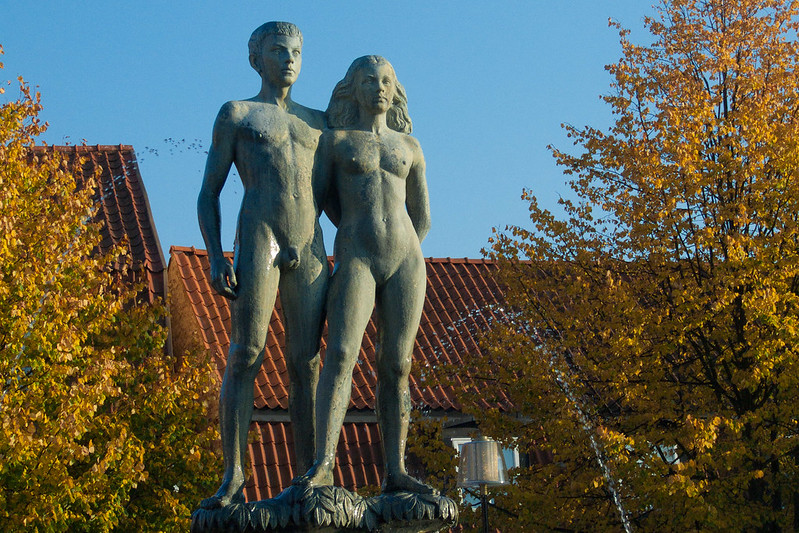
According to Norse mythology, the first humans, Ask and Embla, were created by the gods from tree trunks found on a beach. Odin gave them life, Vili provided intelligence, and Vé endowed them with senses. This creation myth underscores the divine origins of humanity and the close relationship between humans and nature in Norse belief.
The Giant Ymir’s Role in Creation
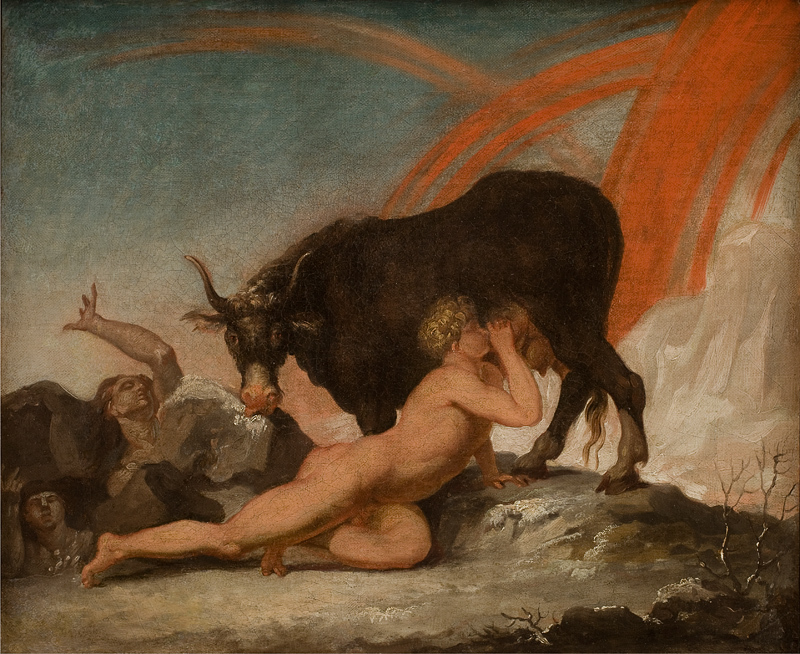
Ymir, the primordial giant, is central to the Norse creation myth. His body was used by Odin and his brothers to create the world: his flesh became the earth, his blood the oceans, and his bones the mountains. Ymir’s death and dismemberment symbolize the violent birth of the universe, a theme common in many mythologies.
Fenrir, the Devouring Wolf
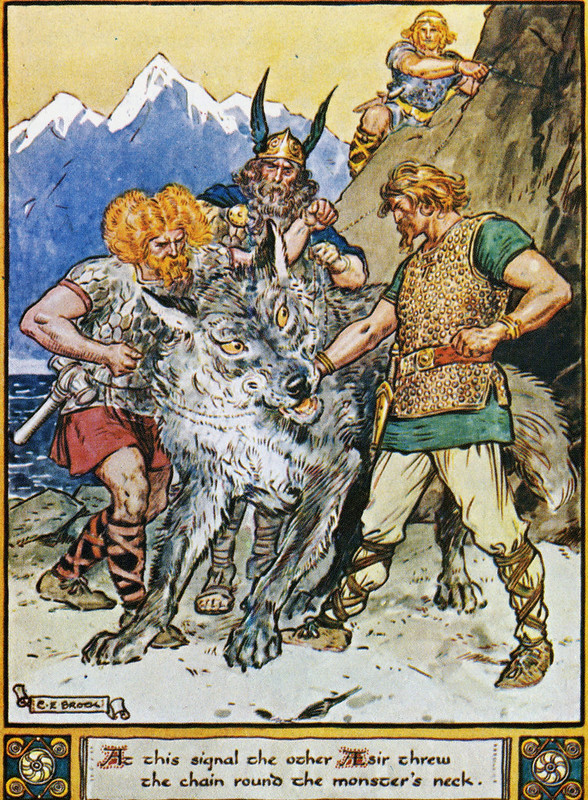
Fenrir, the monstrous wolf, is prophesied to kill Odin during Ragnarok. Bound by the gods with a magical ribbon made from impossible things (like the sound of a cat’s footsteps), Fenrir’s eventual escape and his role in Ragnarok embody the themes of destruction and uncontrollable chaos in Norse myths.
The Binding of Loki
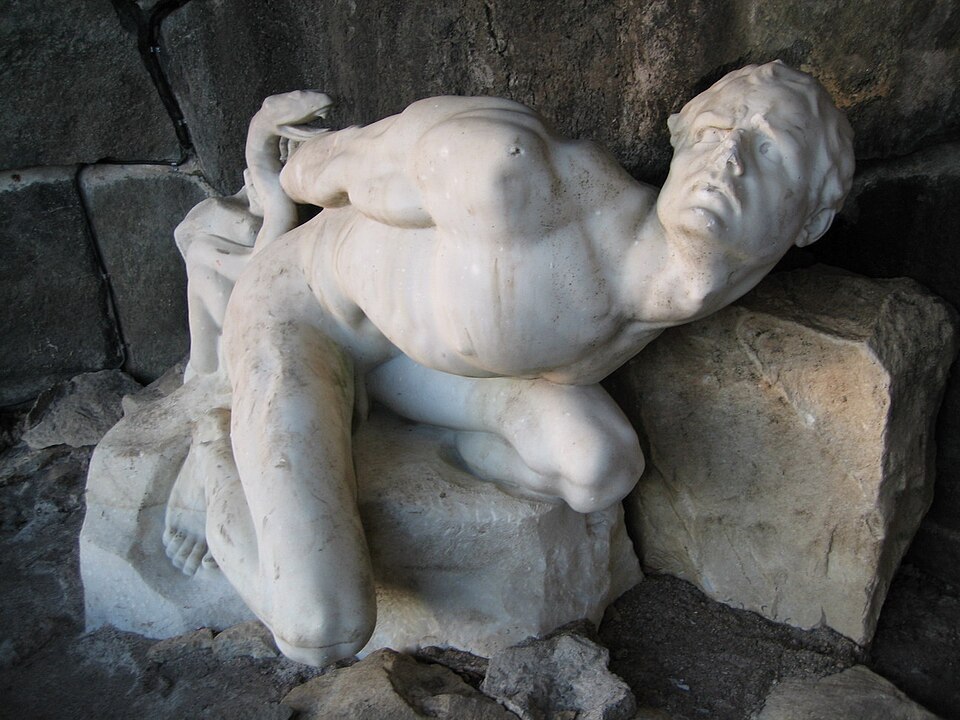
Loki’s mischief eventually led to his punishment by the gods, who bound him with the entrails of his own son beneath a serpent that drips venom onto his face. Loki’s wife, Sigyn, catches the venom in a bowl, but whenever she leaves to empty it, the venom drips onto Loki, causing him unbearable pain. This torment is believed to cause earthquakes, showcasing the Norse idea of cosmic events being tied to divine suffering.
The Midgard Serpent (Jörmungandr)
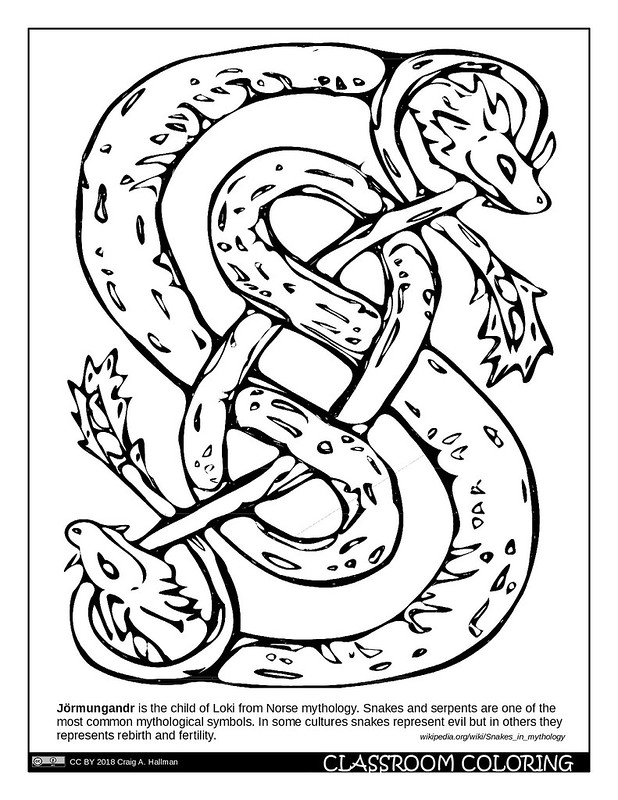
Jörmungandr, the giant serpent, encircles Midgard, the world of humans. It is so large that it can grasp its own tail. According to prophecy, Jörmungandr will release its tail during Ragnarok, causing the seas to flood and leading to a final battle with Thor. The serpent’s role as a world-encircler symbolizes the cyclical nature of time and the inevitable clash between order and chaos.
Sleipnir, Odin’s Eight-Legged Horse
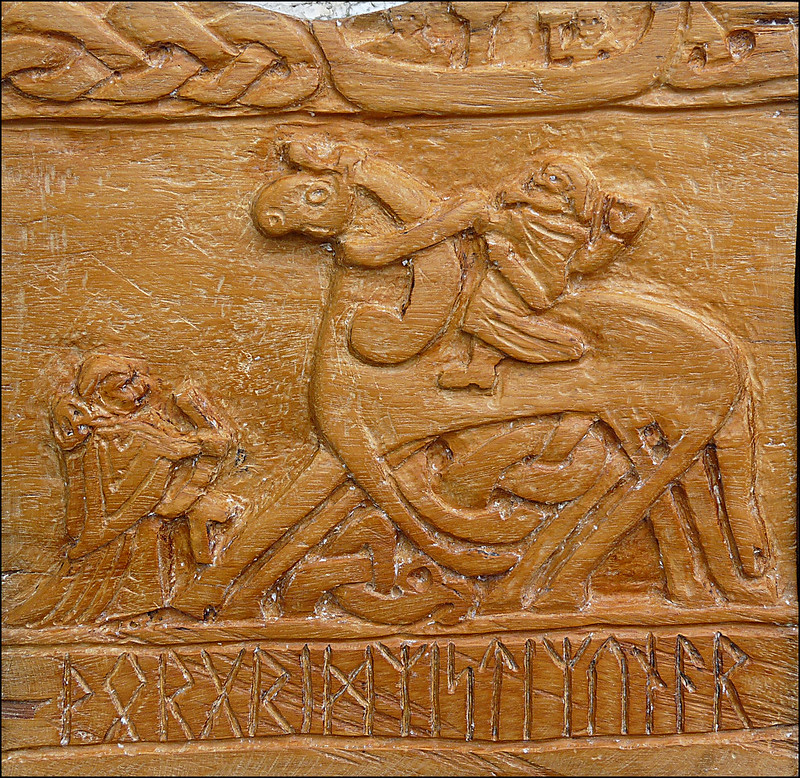
Sleipnir, the offspring of Loki and the stallion Svaðilfari, is Odin’s eight-legged horse. Known as the fastest and most powerful horse in all the realms, Sleipnir can travel between the Nine Worlds with ease. This unusual creature highlights the Norse mythological theme of extraordinary beings born from unconventional unions.
The Mead of Poetry
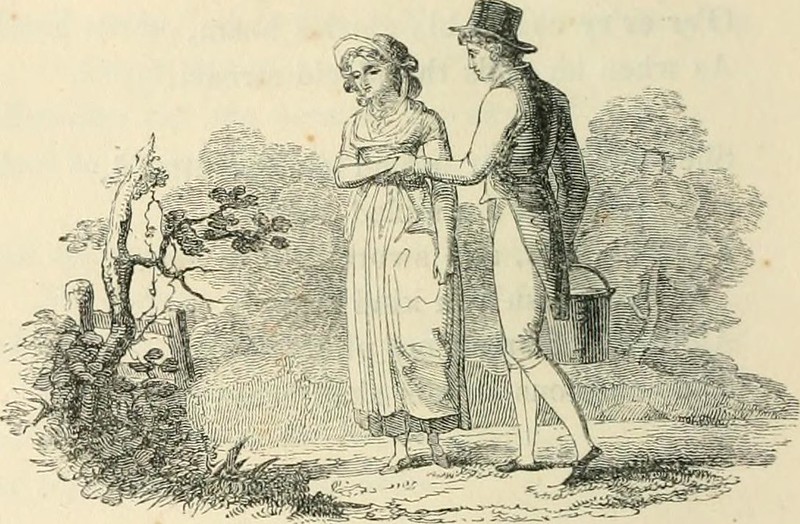
The Mead of Poetry, created from the blood of the wise being Kvasir, grants anyone who drinks it the gift of wisdom and poetic inspiration. Odin, ever in search of knowledge, tricked the giant Suttung into giving him the mead. This story emphasizes the high value placed on wisdom and the arts in Norse culture, as well as Odin’s cunning nature.
The Norns: Weavers of Fate
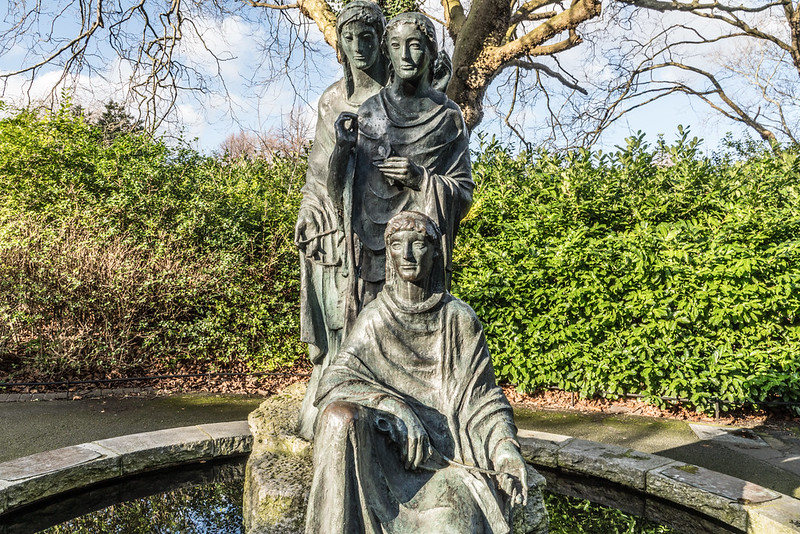
The Norns are three powerful beings who control the fate of gods and men. They are often depicted as weaving the threads of destiny at the roots of Yggdrasil. The concept of fate being inescapable and preordained is central to Norse mythology, and the Norns embody this belief, influencing the lives of even the most powerful gods.
Freyr’s Sacrificial Sword
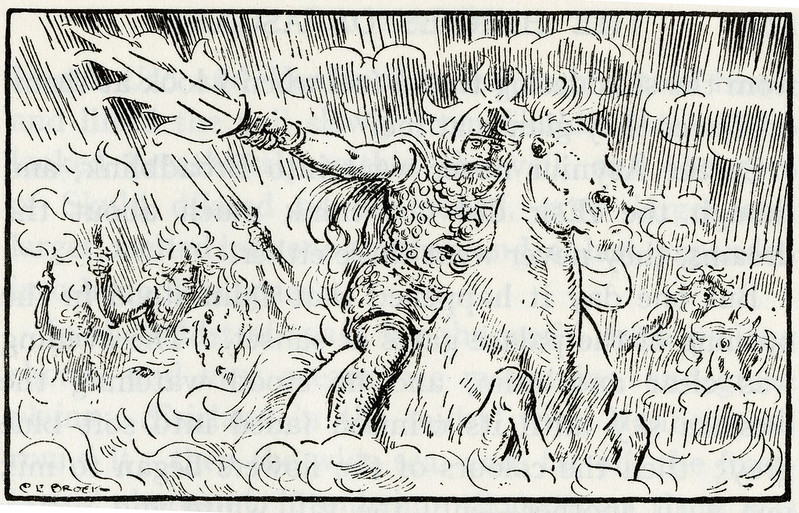
Freyr, the god of fertility and prosperity, owns a magical sword that fights on its own. However, he sacrifices it for the love of the giantess Gerðr. This act of giving up a powerful weapon for love foreshadows Freyr’s death during Ragnarok, illustrating the complex interplay between love, sacrifice, and fate in Norse mythology.
Skadi, the Giantess Goddess of Winter
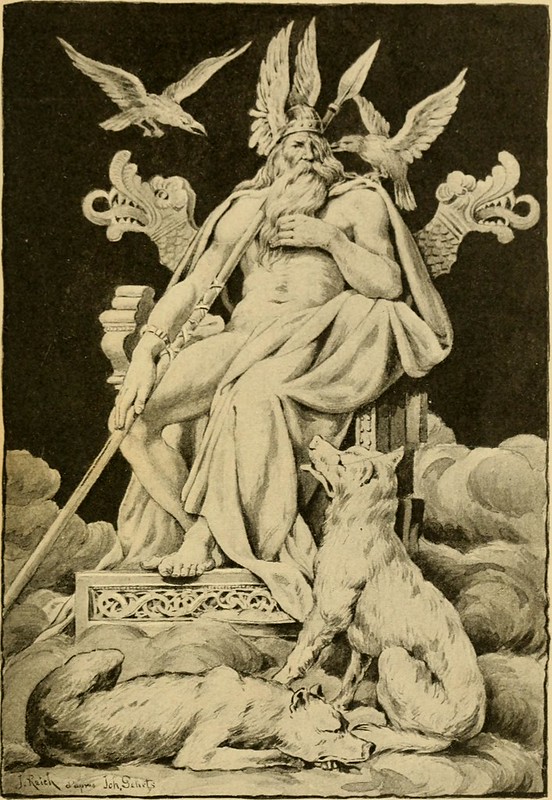
Skadi, a giantess associated with winter and hunting, became a goddess after marrying the god Njord. Her demand for vengeance after her father’s death at the hands of the gods and her eventual integration into the Aesir pantheon reflect the fluid relationships between giants and gods. Skadi’s story also highlights the Norse respect for nature’s harsh elements, with winter being both a time of hardship and reverence.
The Apples of Idunn
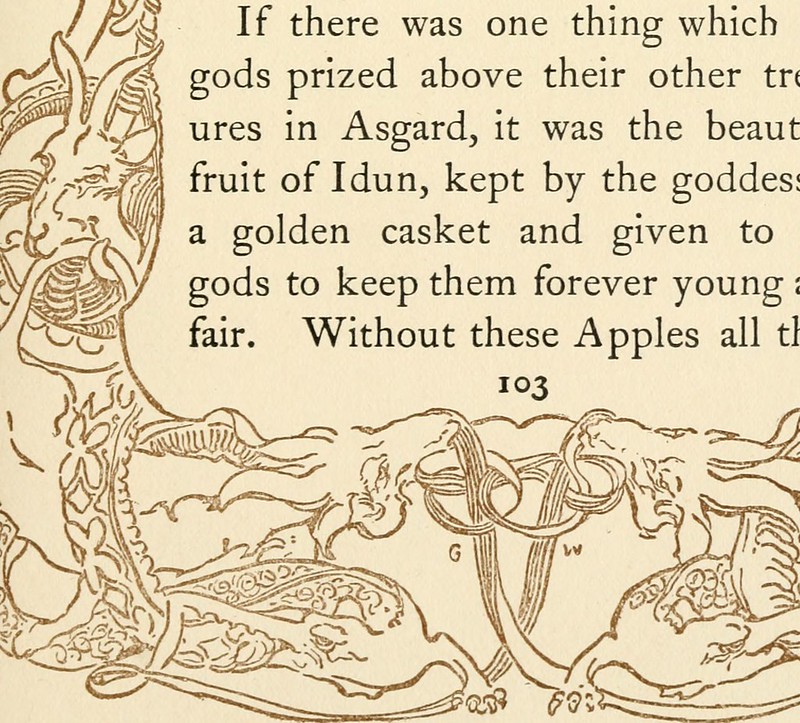
Idunn, the goddess of youth, possesses apples that grant the gods eternal youth. These apples are essential for the gods to maintain their immortality. The story of Loki tricking Idunn and causing the gods to age prematurely until her return underscores the fragility of even the gods’ immortality and the importance of renewal in Norse beliefs.
The Wild Hunt
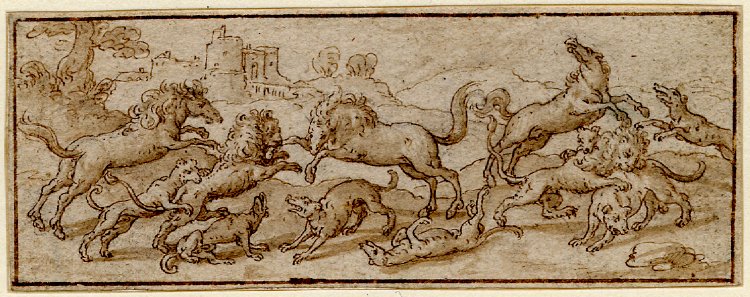
The Wild Hunt is a ghostly procession led by Odin or other gods, where spectral riders fly through the sky, often accompanied by fierce hounds. This phenomenon was believed to be an omen of war or disaster. The Wild Hunt represents the untamed, chaotic forces of nature and the supernatural that were feared and revered in Norse culture.
Víðarr, the Silent Avenger
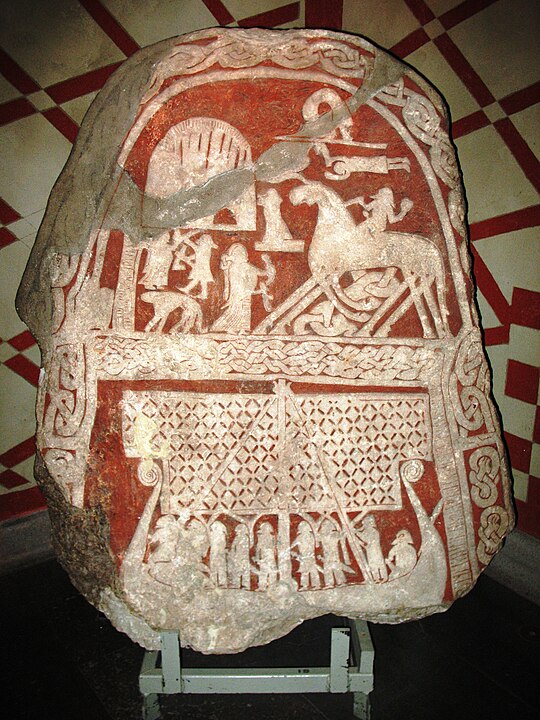
Víðarr, the god of vengeance, is known for his silence and incredible strength. He is fated to avenge his father, Odin, by killing Fenrir during Ragnarok. Víðarr’s role as the silent, patient avenger who brings about justice in the end reflects the Norse belief in retribution and the importance of familial duty, even in the face of certain doom.
This article originally appeared on UnifyCosmos.
More from UnifyCosmos
21 Global Cheese Dishes You Have to Taste
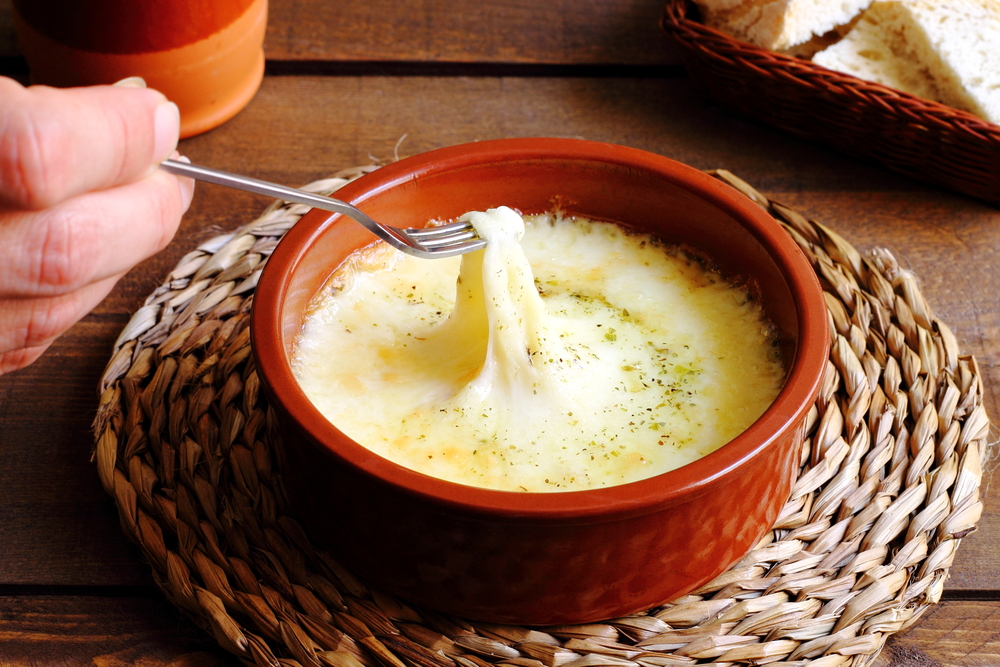
In this article, we’ll take you on a culinary journey to discover must-try international cheese dishes that are sure to tantalize your taste buds and expand your culinary horizons. Read more!
24 Bold and Spicy Dishes to Try from Around the World
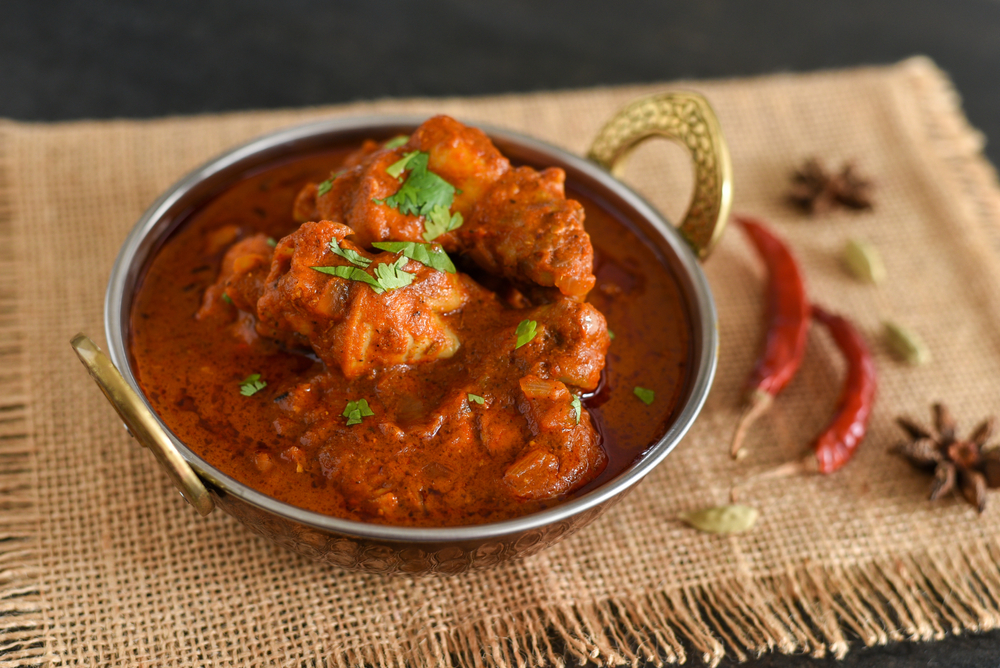
Join us on a culinary journey as we explore some of the most beloved spicy dishes from across the globe, each with its own distinct blend of spices and ingredients that make it a standout favorite. Read more!
20 Irresistible Dumplings and Pastries from Every Corner of the World
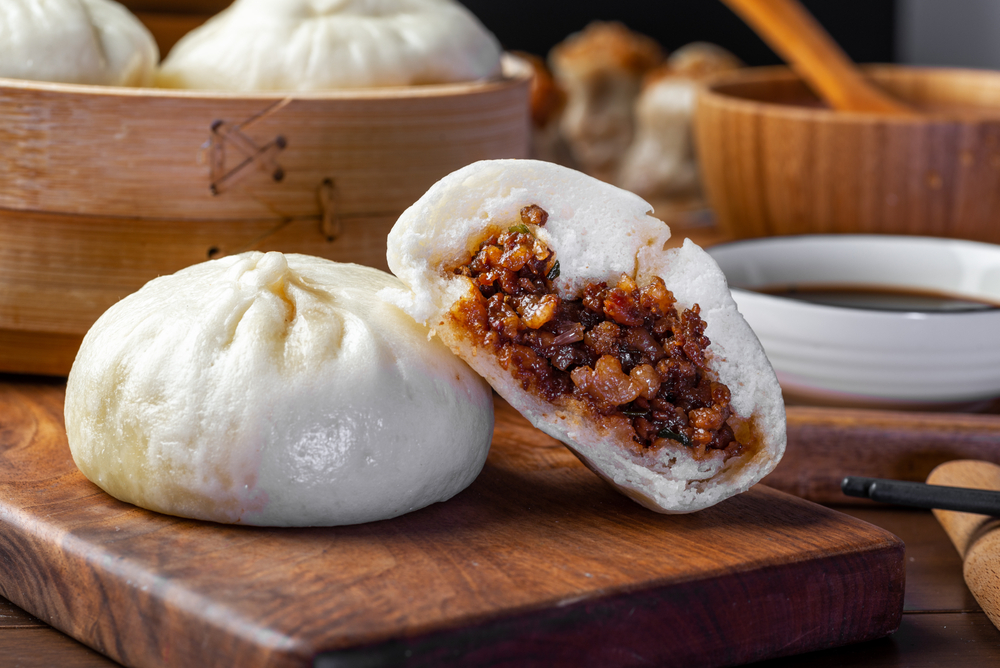
Whether steamed, baked, or fried, these treats are perfect for any occasion. Explore the delicious diversity of dumplings and pastries and discover your new favorite! Read more!
Leave a Reply